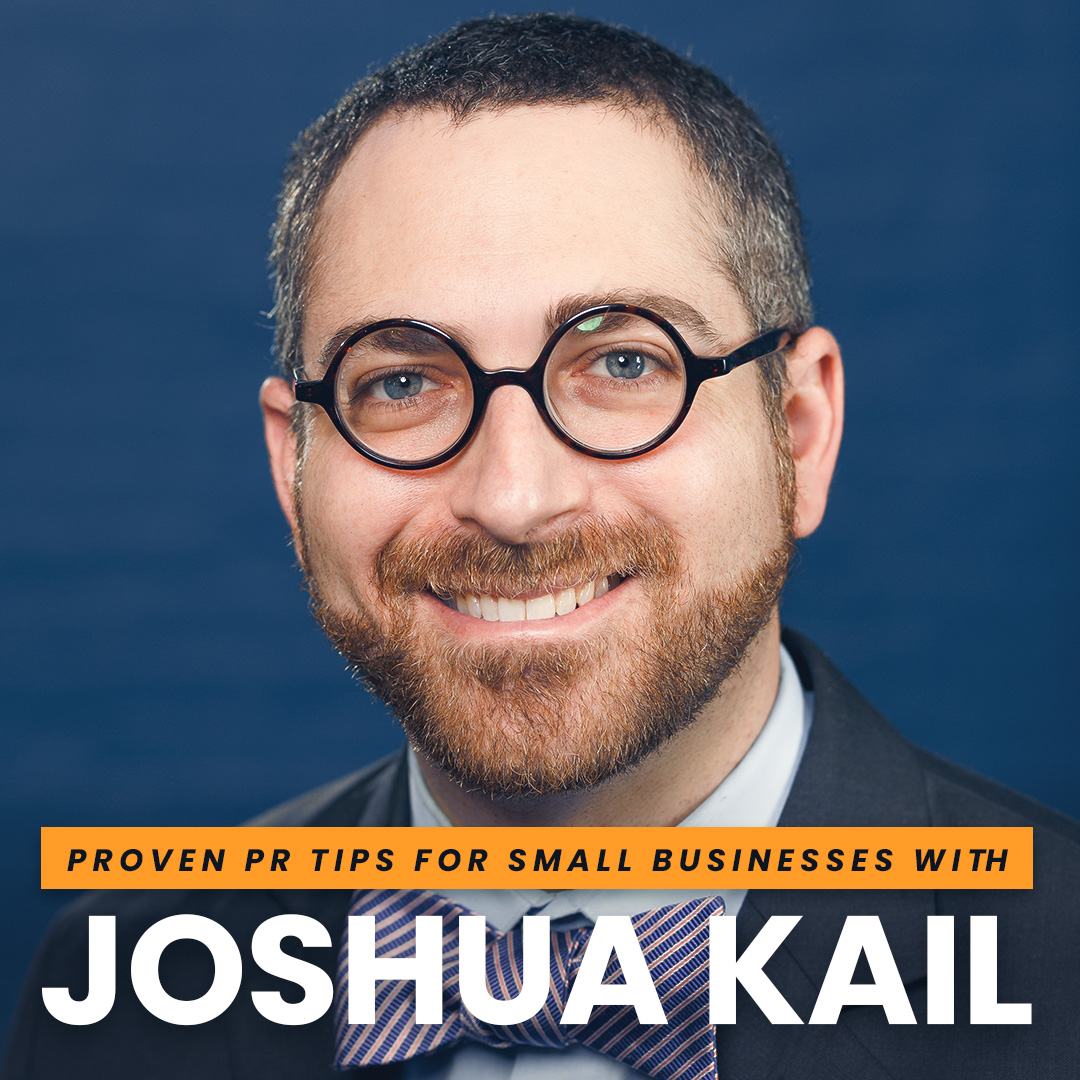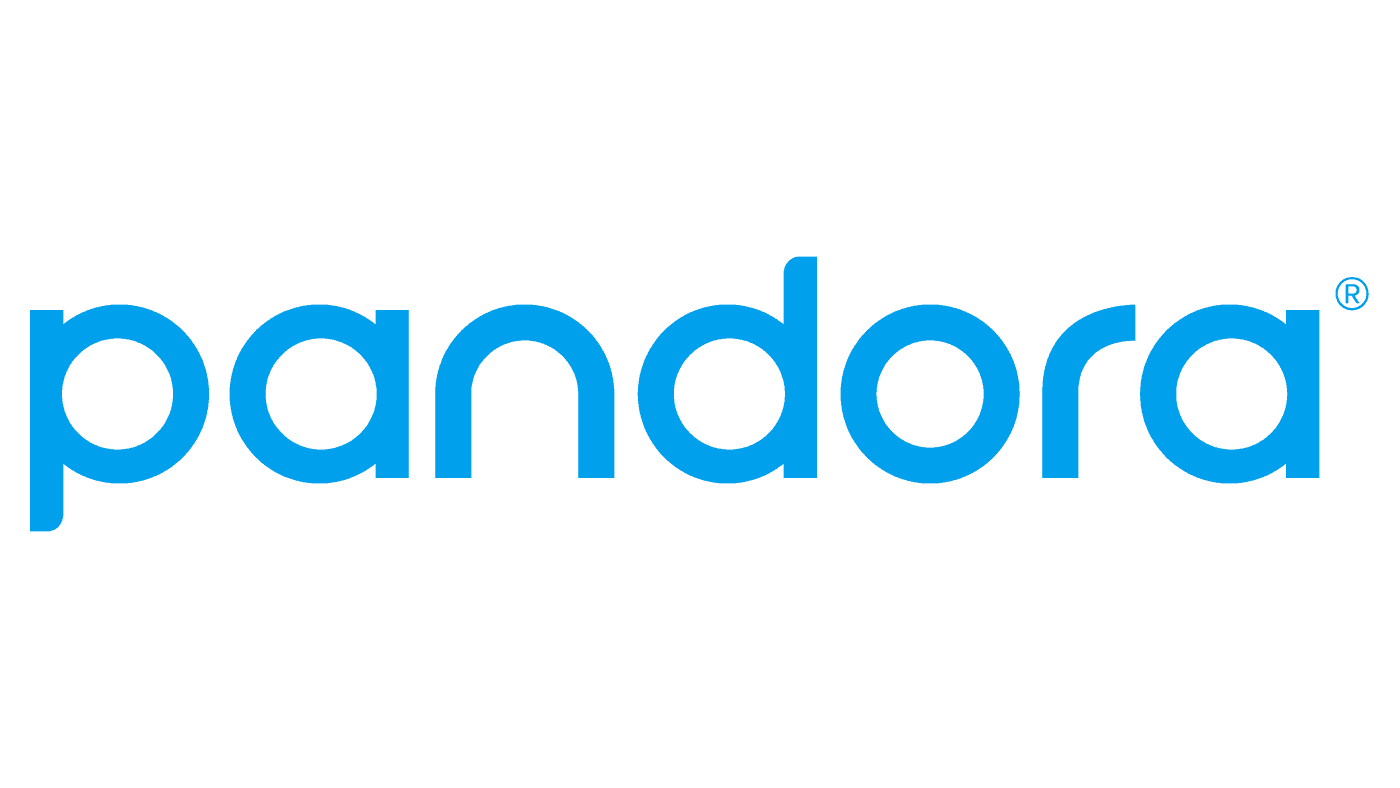For small business owners, a great PR campaign can help you achieve your marketing objectives at a fraction of the cost of paid advertising. Yet, many small businesses are confused about what PR is and why they need it.
In this week's episode, you'll learn what you need to know about PR for small businesses, including how to define the messaging for your company, the two types of press releases to use and exactly when to use them, and more! Whether you're working with a firm or handling your PR on your own, you'll discover how to improve your reputation with your existing and potential customers while increasing leads, sales, and profits. Listen now!










